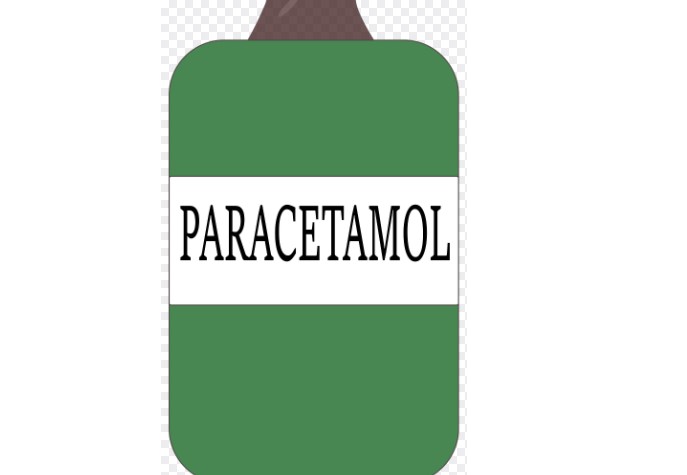Paracetamol, commonly known as acetaminophen in the United States, is a widely used over-the-counter medication for relieving pain and reducing fever. While its accessibility and effectiveness make it a staple in many households, questions often arise about its safety, particularly when taken in conjunction with alcohol. The potential risks associated with this combination deserve careful consideration.
The Liver: A Crucial Organ at Risk The liver metabolizes both paracetamol and alcohol, which filters toxins from the bloodstream. When taken separately and in moderation, the liver can handle these substances without issue. However, when consumed together, the situation becomes more complicated and potentially hazardous.
How Paracetamol Works
The liver metabolizes paracetamol into various compounds, including N-acetyl-p-benzoquinone imine (NAPQI), a toxic byproduct. Normally, the liver detoxifies NAPQI with the help of a compound called glutathione. However, excessive intake of paracetamol can deplete glutathione levels, leading to an accumulation of NAPQI and, consequently, liver damage.
Alcohol’s Role in the Liver
Alcohol also puts a significant burden on the liver. Chronic alcohol consumption can induce liver enzymes, particularly cytochrome P450 2E1, increasing the production of NAPQI even when standard doses of paracetamol are taken. This enzymatic induction, combined with glutathione depletion, heightens the risk of liver damage.
The Double Burden: Why Combining Paracetamol and Alcohol Is Risky When paracetamol is taken after drinking alcohol, especially in large quantities or over prolonged periods, the liver faces a double burden. This can lead to:
Increased Toxicity: Elevated NAPQI levels due to alcohol-induced enzyme activity and paracetamol metabolism.
Glutathione Depletion: A reduced ability to detoxify NAPQI increases the likelihood of liver cell damage and even acute liver failure in severe cases.
Delayed Symptom Onset: Symptoms of liver damage, such as jaundice and abdominal pain, may not appear immediately, leading to delayed medical intervention and more severe outcomes.
What the Experts Say Medical professionals and health organizations consistently advise against the simultaneous use of alcohol and paracetamol. The general consensus is that the risk of liver damage is significantly increased when these substances are combined.
Guidelines and Recommendations
Moderation Is key: If you plan to drink alcohol, do so in moderation. Be mindful of your liver’s capacity to handle toxins.
Time Gaps Matter: Avoid taking paracetamol immediately after drinking. Allow your liver time to process the alcohol before introducing another substance it needs to metabolize.
Alternative pain relief:
Consider non-acetaminophen pain relievers, such as ibuprofen, after consulting with a healthcare provider. However, be aware that these alternatives also come with their own risks when mixed with alcohol.
Err on the Side of Caution Given the potential for serious liver damage, it is generally advisable to avoid taking paracetamol after consuming alcohol. The interaction between these substances places an undue burden on the liver, increasing the risk of toxicity and long-term harm. If pain relief is necessary, seeking medical advice to explore safer alternatives is best. Ultimately, being informed and cautious about the substances we consume can prevent unnecessary health complications. Your liver, a vital organ with no spare, deserves thoughtful care and consideration.
- hp/picture: pixabay.com
This post has already been read 5542 times!



